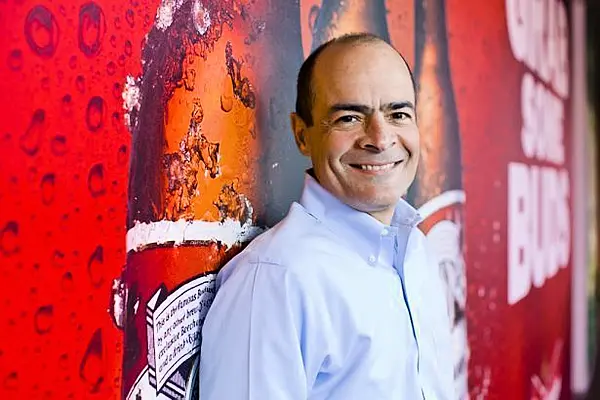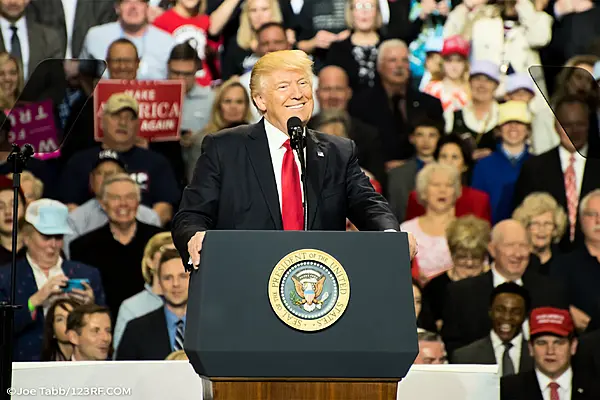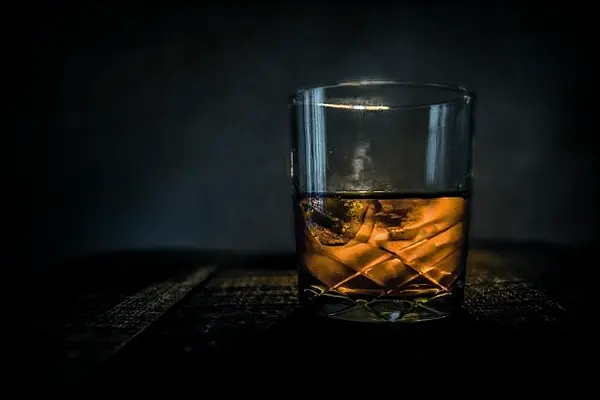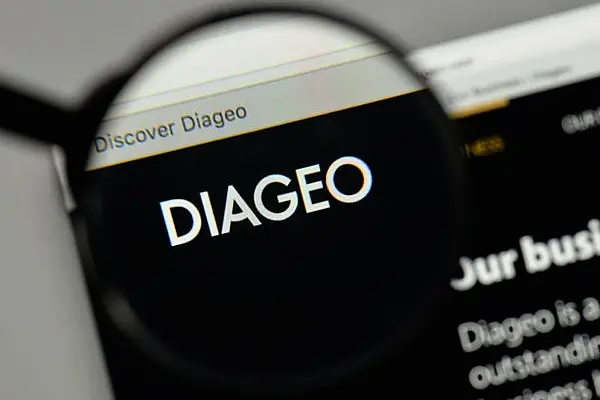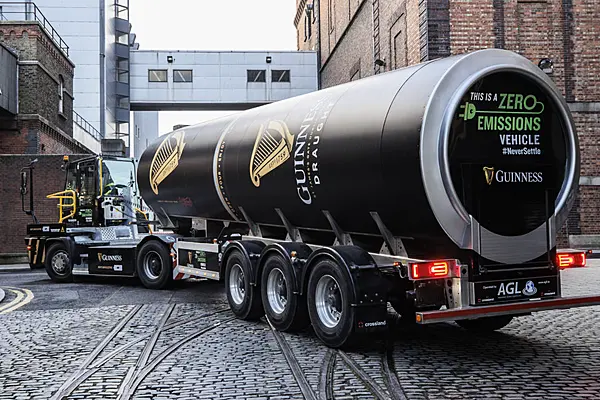Anheuser-Busch InBev set a high bar for other consumer-product companies seeking to boost profitability through cost cuts as they try to keep activist investors at bay.
The world's largest brewer said it’s generating cost savings from last year's $104 billion takeover of rival SABMiller at a faster pace than expected, helping it post second-quarter profit growth Thursday that trounced analyst estimates. AB InBev shares climbed as much as 5.7 percent in Brussels trading, the steepest intraday gain in almost two years.
AB InBev has led the consumer industry's drive to cut costs and consolidate under the guidance of 3G Capital, the investment firm whose partners back the maker of Stella Artois and Budweiser. The company’s approach to dealing with mainstream food and drink brands’ stagnant sales has prompted other packaged-goods companies to step up efficiency programs of their own, as activists Dan Loeb and Nelson Peltz take aim at Nestle and Procter & Gamble Co.
While Nestle Chief Executive Officer Mark Schneider and others in the industry have decried the cost-cutting approach of another 3G-backed company, Kraft Heinz Co, AB InBev’s results showed that it can deliver. Earnings rose 12 per cent to $5.35 billion on an adjusted basis before interest, taxes, depreciation and amortisation, as overlaps from last year’s takeover of SABMiller were eliminated, the Budweiser owner said in a statement Thursday. Analysts expected 7.9 percent growth.
Cost Cuts
AB InBev cut $335 million of costs in the second quarter, part of an initiative that includes eliminating more than 5,500 jobs to capture $2.8 billion in savings from the acquisition in the next three to four years.
“We’re not changing the $2.8 billion guidance but we are moving fast in that regard; we like first to deliver and then see what is next,” Chief Financial Officer Felipe Dutra said on a call with reporters. Earlier in the year, the company increased its savings target from $2 billion.
Sales growth of 5 percent also beat estimates and was the highest among major consumer-goods companies such as Coca-Cola Co. and Danone in the second quarter. That provides a tough benchmark for companies such as Nestle, which Loeb’s hedge-fund company, Third Point, is targeting.
AB InBev has championed budgeting initiatives such as justifying every expense from scratch at the beginning of a new financial period. Rival drinks company Diageo on Thursday raised its target for efficiencies. Unilever said this month that it was saving money on employee flights under a program that could see margins widen by more than 1 percentage point by year-end.
AB InBev said the second half looks promising on the back of strong sales in markets such as western Europe and China. Larger brands in its roster such as Corona, Stella Artois and Hoegaarden will drive growth in that period, the company said. AB InBev is also seeking growth from new markets such as Africa, which it bolstered last year through its takeover of SABMiller. In the U.S., the Budweiser maker is devoting $2 billion to boost top brands and improve distribution.
Bouncing Back
The results come after AB InBev suffered setbacks in Brazil that hurt its performance last year, stripping management of bonuses and redoubling CEO Carlos Brito’s commitment to boosting returns.
“It’s been a painful period for the global beer leader but the worst is over,” Eamonn Ferry, an analyst at Exane BNP Paribas, wrote in a note to investors. “We can look forward to a strong second-half - AB InBev are back in business.”
News by Bloomberg - edited by Hospitality Ireland
